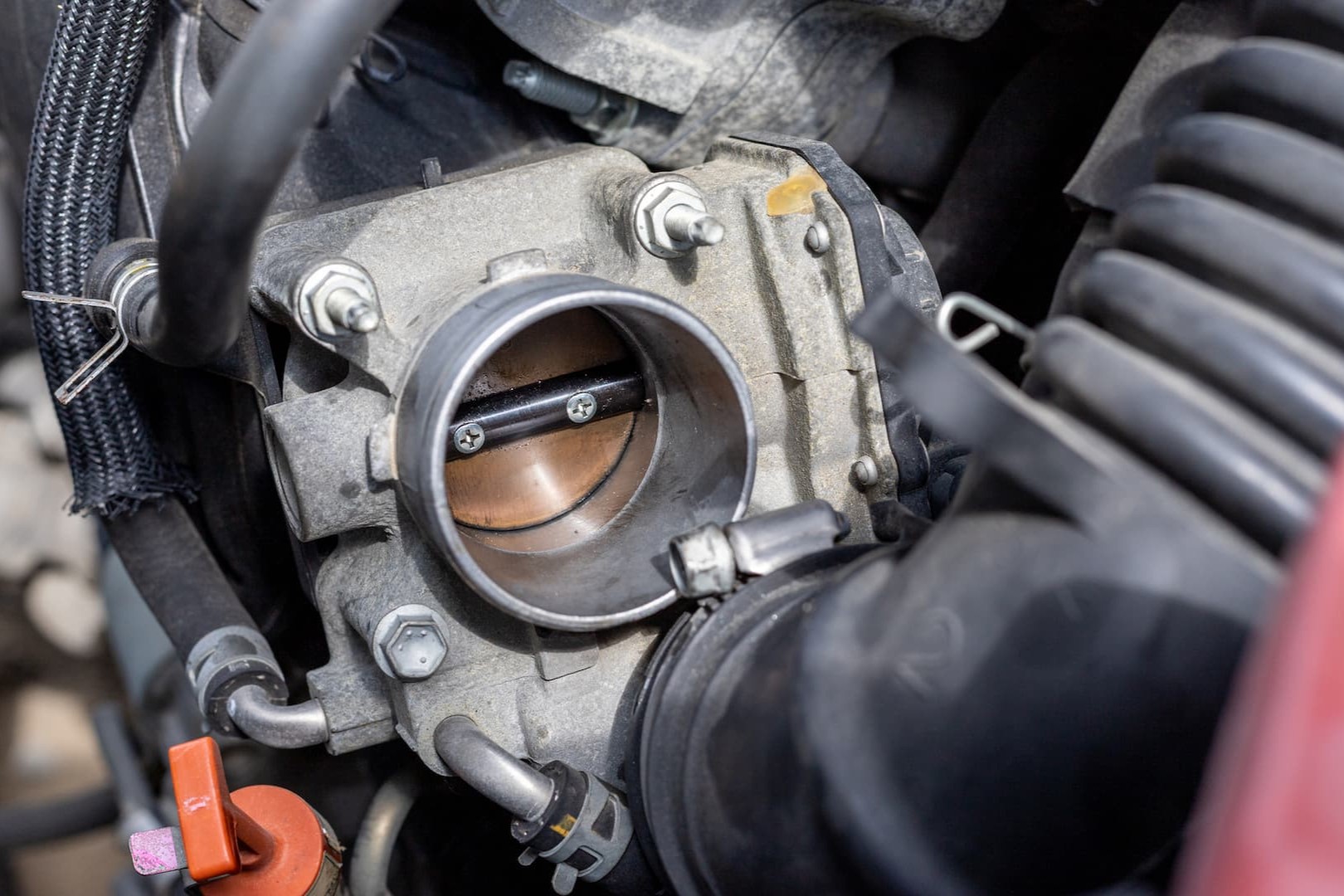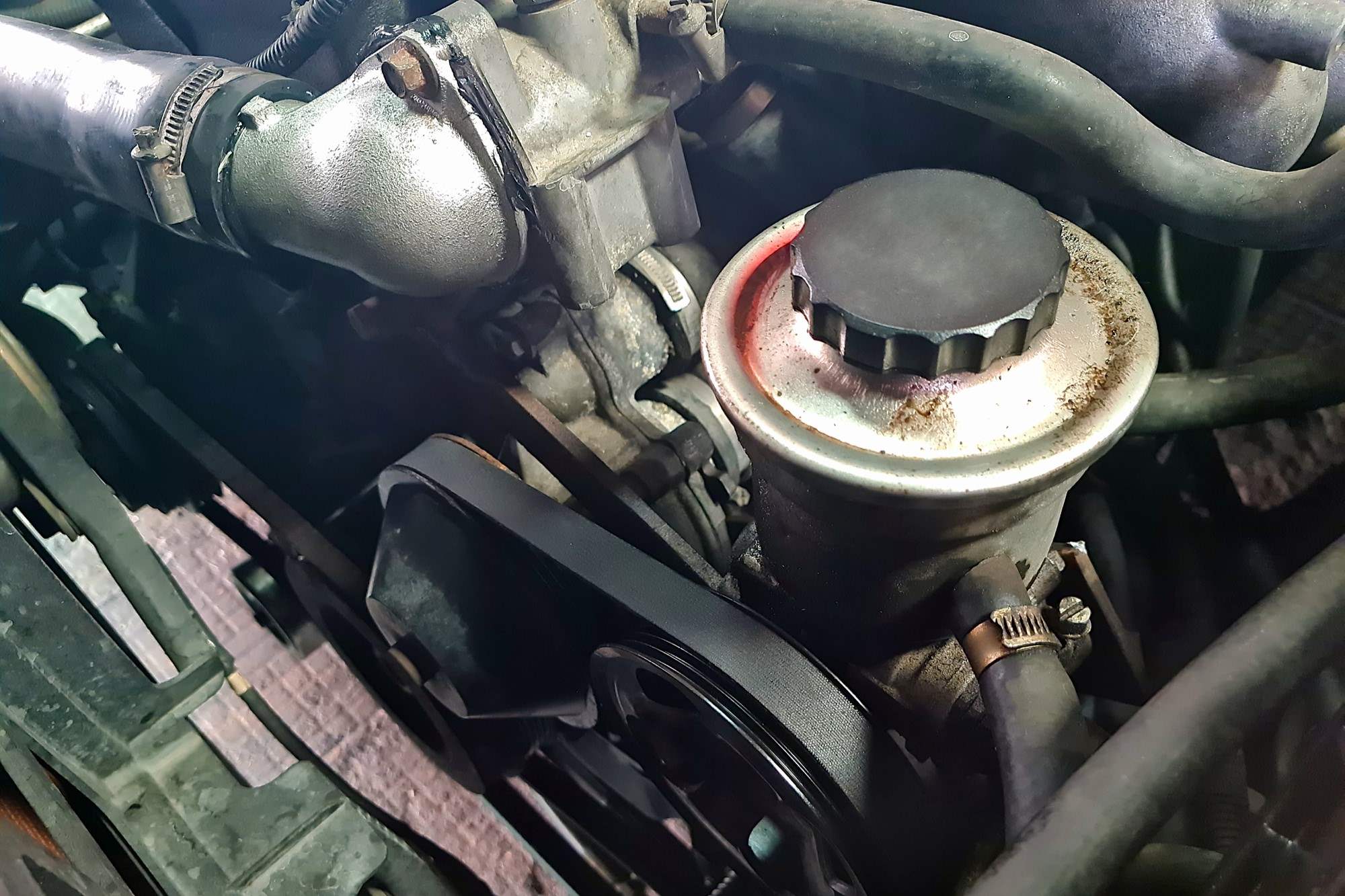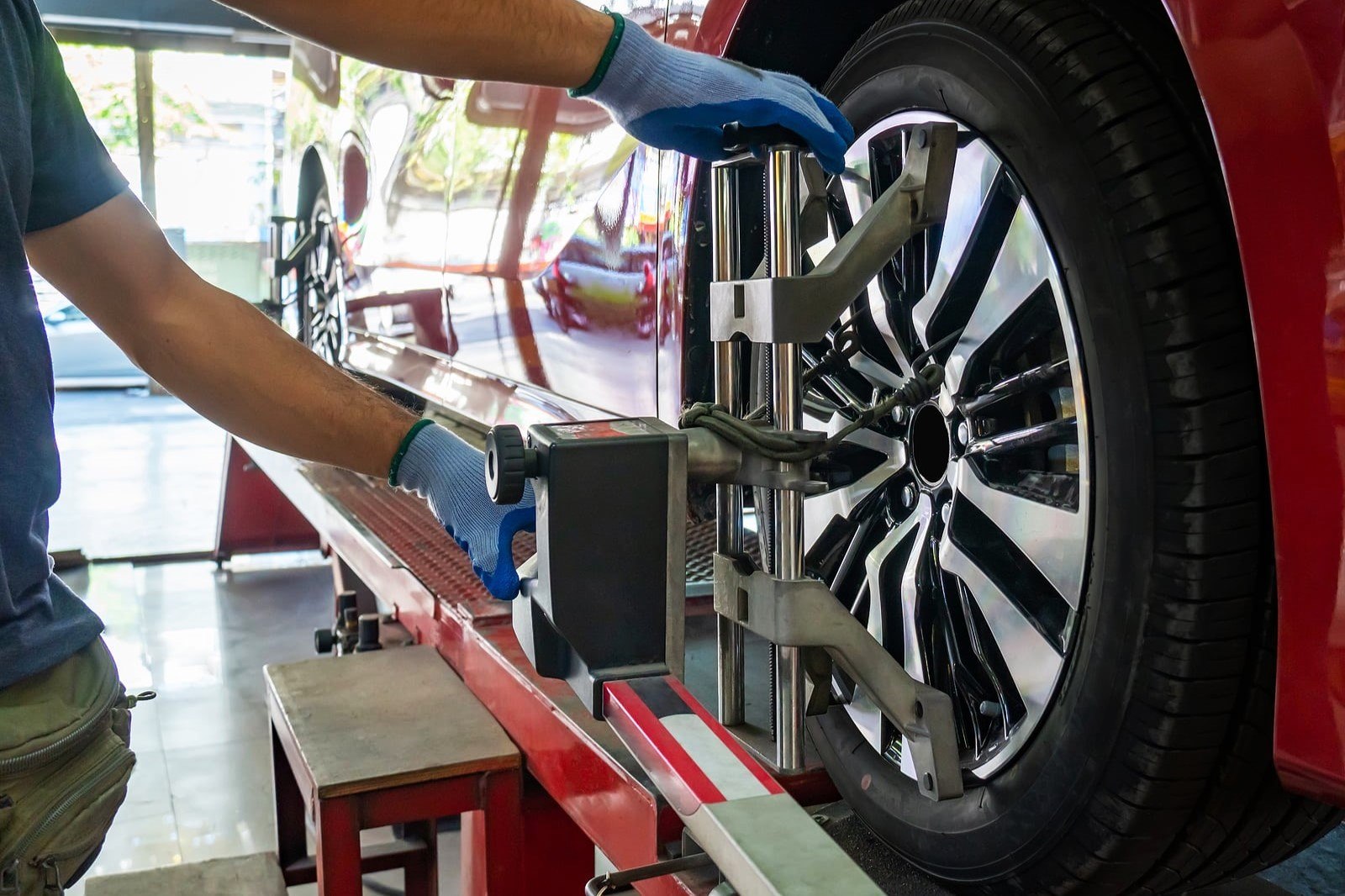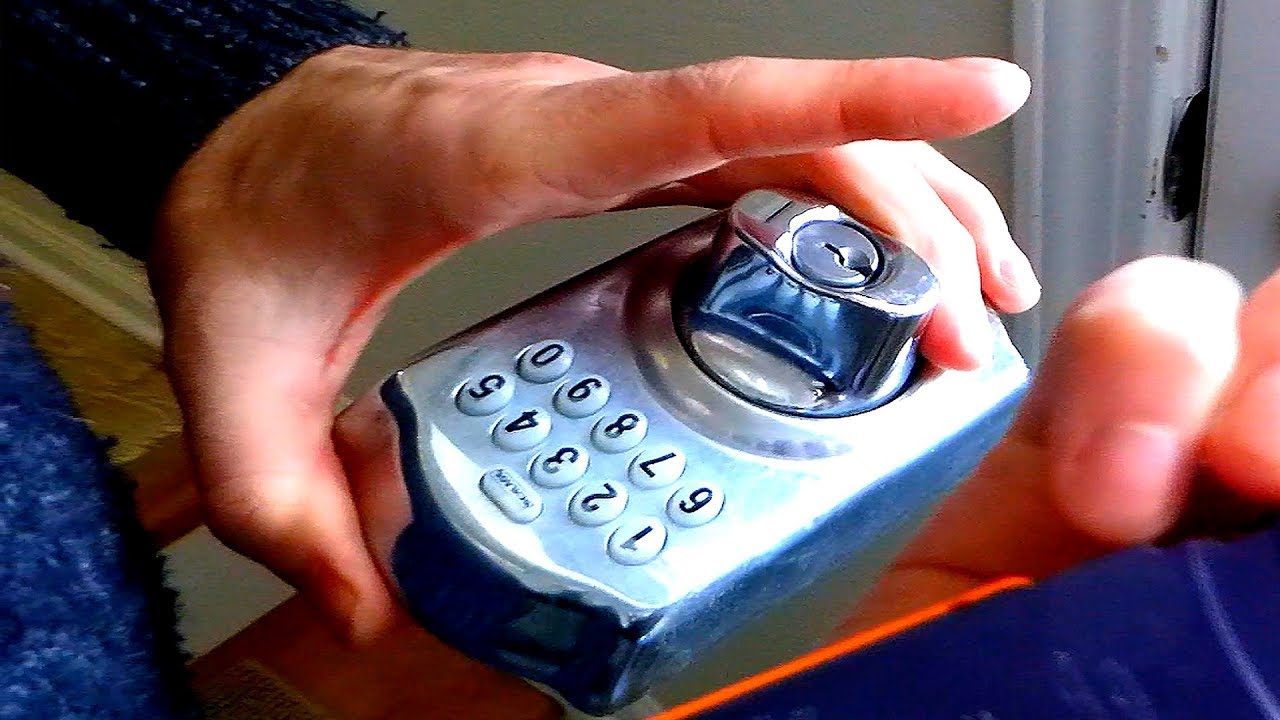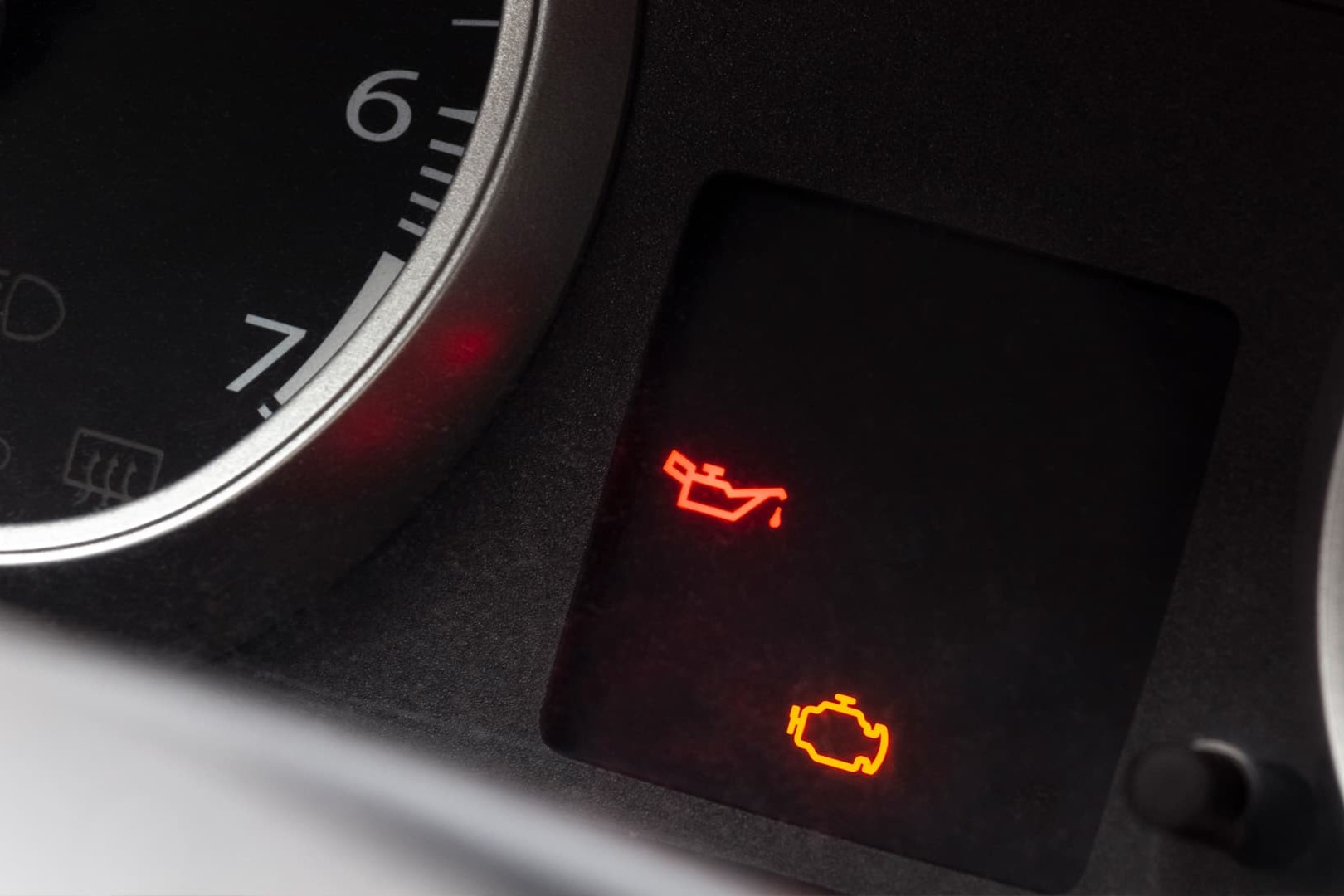Home>Automotive>Steering Wheel Misalignment: Is It A Faulty Installation Or A Car Alignment Issue?
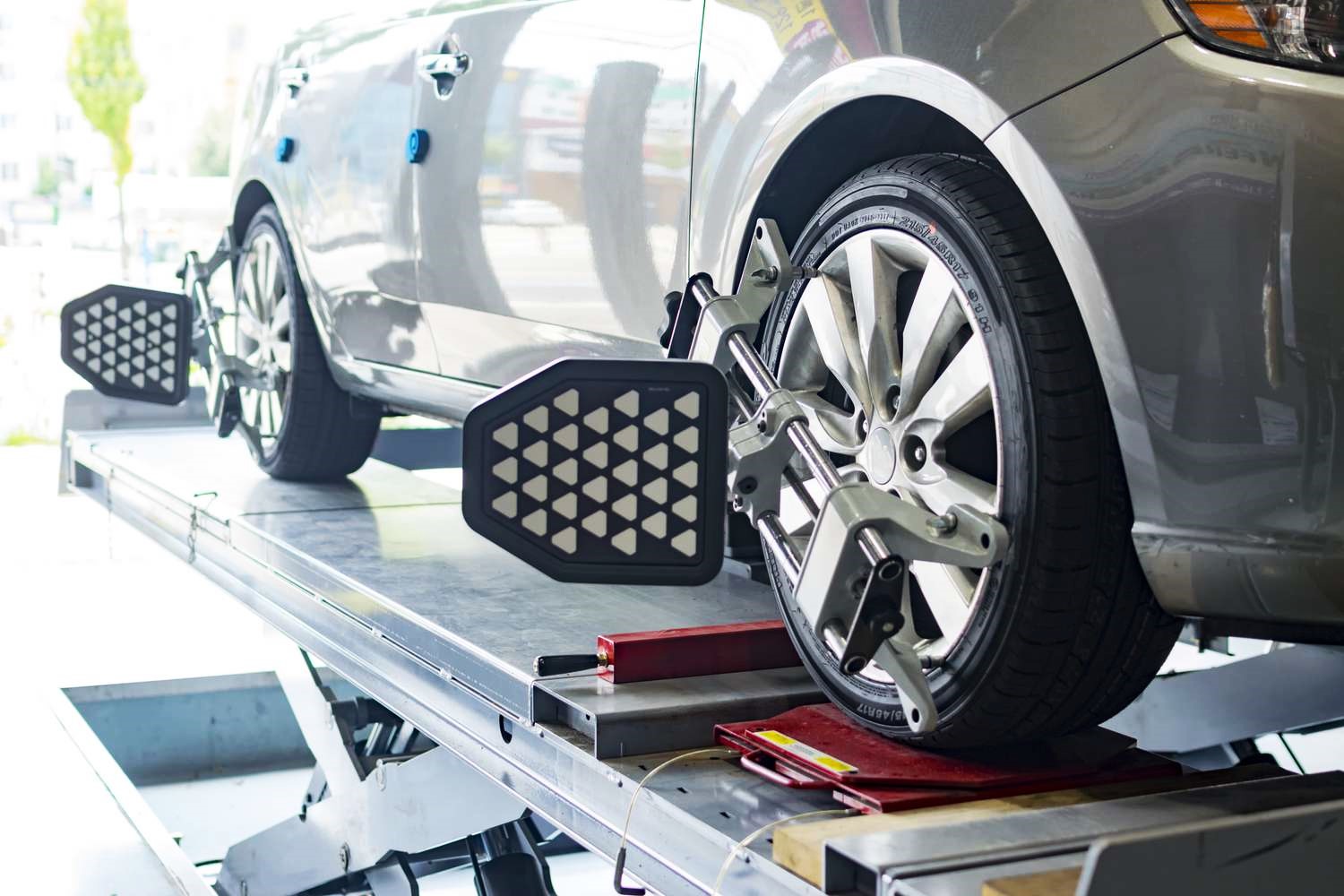

Automotive
Steering Wheel Misalignment: Is It A Faulty Installation Or A Car Alignment Issue?
Modified: March 3, 2024
Discover the causes of steering wheel misalignment in automotive vehicles. Learn whether it's due to faulty installation or a car alignment issue. Gain insights to address the problem effectively.
(Many of the links in this article redirect to a specific reviewed product. Your purchase of these products through affiliate links helps to generate commission for Noodls.com, at no extra cost. Learn more)
Table of Contents
Introduction
The steering wheel is a vital component of any vehicle, serving as the primary interface between the driver and the car's directional control system. When the steering wheel is misaligned, it can lead to a range of issues that affect the overall driving experience and safety. Understanding the causes and implications of steering wheel misalignment is crucial for every vehicle owner.
In this comprehensive guide, we will delve into the intricacies of steering wheel misalignment, exploring the signs that indicate this problem, its potential causes, and the critical distinction between a faulty installation and a car alignment issue. By shedding light on these aspects, we aim to equip readers with the knowledge needed to identify, address, and prevent steering wheel misalignment in their vehicles.
Whether you're a seasoned automotive enthusiast or a new car owner, this guide will provide valuable insights into a common issue that can impact the performance and safety of your vehicle. Join us as we navigate the complexities of steering wheel misalignment and uncover the solutions to ensure a smooth and secure driving experience.
Read more: How To Put A Steering Wheel Cover On
Understanding Steering Wheel Misalignment
Steering wheel misalignment refers to the condition where the steering wheel is not centered or aligned properly when the vehicle is traveling straight. This misalignment can manifest in various ways, such as the steering wheel being off-center, tilted to one side, or not returning to its central position after making a turn. When the steering wheel is misaligned, it can lead to a range of issues that affect the overall driving experience and safety.
One of the key indicators of steering wheel misalignment is the need to apply constant pressure on the steering wheel to keep the vehicle traveling straight. This can result in driver fatigue and discomfort during extended periods of driving. Additionally, misalignment may cause the vehicle to pull to one side, requiring constant steering adjustments to maintain a straight trajectory.
Furthermore, steering wheel misalignment can impact the vehicle's handling and stability, especially during high-speed maneuvers and emergency braking. It can also accelerate tire wear and affect fuel efficiency. In some cases, misalignment may lead to uneven tire wear, as certain areas of the tires bear more pressure than others due to the irregular steering alignment.
Understanding the nuances of steering wheel misalignment is essential for vehicle owners to recognize the symptoms and take appropriate action. By being able to identify the signs of misalignment, drivers can address the issue promptly, preventing potential safety hazards and minimizing the risk of further damage to the vehicle's components.
In the following sections, we will explore the common signs that indicate steering wheel misalignment, delve into the potential causes of this issue, and distinguish between a faulty installation and a car alignment problem. By gaining a deeper understanding of steering wheel misalignment, vehicle owners can make informed decisions to ensure their vehicles' optimal performance and safety.
Signs of Steering Wheel Misalignment
Identifying the signs of steering wheel misalignment is crucial for maintaining a safe and efficient driving experience. Several indicators can alert drivers to potential misalignment issues:
-
Off-Center Steering Wheel: A prominent sign of misalignment is when the steering wheel is not centered when the vehicle is traveling straight. This deviation from the central position may be visually noticeable or can be confirmed by observing the wheel's position while driving on a level road.
-
Vehicle Pulling: Misalignment often causes the vehicle to pull to one side, requiring constant steering adjustments to maintain a straight trajectory. This pulling sensation may be more pronounced when driving on a flat road, making it evident that the vehicle is not tracking in a straight line.
-
Uneven Tire Wear: Misalignment can lead to uneven tire wear, as certain areas of the tires bear more pressure than others due to the irregular steering alignment. Inspecting the tires for uneven tread wear patterns can provide valuable insights into potential misalignment issues.
-
Steering Wheel Vibration: When the steering wheel vibrates or shakes, especially at higher speeds, it could indicate misalignment. This vibration is often a result of the tires experiencing uneven wear due to the misaligned steering, leading to a noticeable impact on the steering wheel.
-
Constant Steering Correction: Drivers may find themselves constantly adjusting the steering wheel to keep the vehicle traveling straight, particularly on roads with minimal curvature. This constant need for steering correction can be a clear indication of steering wheel misalignment.
-
Tire Squealing: Misalignment can cause excessive friction and uneven pressure on the tires, leading to audible squealing noises, especially during turns or when driving at low speeds. These noises can be a result of the tires struggling to maintain traction due to misalignment.
-
Increased Fuel Consumption: In some cases, steering wheel misalignment can impact fuel efficiency, as the vehicle may experience increased rolling resistance due to uneven tire wear. This can result in higher fuel consumption, providing a subtle yet important indicator of potential misalignment issues.
By being attentive to these signs, drivers can promptly address steering wheel misalignment, ensuring a safer and more comfortable driving experience while mitigating potential damage to the vehicle's tires and steering components.
Causes of Steering Wheel Misalignment
Steering wheel misalignment can stem from various factors, each capable of disrupting the harmonious interaction between the vehicle's steering components. Understanding the underlying causes is instrumental in diagnosing and rectifying the issue effectively. Here are the primary factors contributing to steering wheel misalignment:
-
Impact and Road Hazards: Striking potholes, curbs, or road debris can exert significant force on the wheels and suspension components, leading to misalignment. The sudden jolt from such impacts can alter the wheel angles, throwing off the steering geometry and resulting in misaligned steering.
-
Worn or Loose Steering Components: Over time, the steering linkage, tie rods, ball joints, and other critical steering components can wear out or develop play, compromising their ability to maintain proper alignment. This wear and looseness can cause the steering system to deviate from its intended alignment, leading to misalignment issues.
-
Improper Handling and Maintenance: Neglecting regular maintenance, such as wheel alignments and steering system inspections, can contribute to steering wheel misalignment. Failure to address worn suspension components, inadequate tire rotations, or improper tire inflation can exacerbate misalignment problems over time.
-
Suspension System Irregularities: Any irregularities or damage to the vehicle's suspension system, including worn bushings, bent control arms, or damaged struts, can disrupt the vehicle's alignment. The interconnected nature of the suspension and steering systems means that issues in the suspension can propagate to the steering, resulting in misalignment.
-
Uneven Tire Wear: Uneven tire wear, often caused by factors such as improper inflation, lack of tire rotations, or worn suspension components, can contribute to steering wheel misalignment. As the tires wear unevenly, the steering geometry can be affected, leading to misaligned steering and potential handling issues.
-
Faulty Previous Repairs or Installations: Improper or substandard repairs, particularly related to steering and suspension components, can introduce misalignment issues. Inadequate installation of steering parts or incorrect adjustments during previous repairs can lead to persistent misalignment problems.
Understanding these potential causes of steering wheel misalignment empowers vehicle owners to take proactive measures to prevent and address such issues. By prioritizing regular maintenance, promptly addressing any impacts or irregularities, and ensuring proper handling and care, drivers can mitigate the risk of steering wheel misalignment and maintain optimal steering performance.
Faulty Installation vs. Car Alignment Issue
Distinguishing between a faulty installation and a car alignment issue is crucial in addressing steering wheel misalignment effectively. While both scenarios can result in similar symptoms, understanding the underlying differences is essential for accurate diagnosis and resolution.
Read more: How To Unlock Steering Wheel
Faulty Installation
A faulty installation pertains to errors or oversights during the installation or replacement of steering and suspension components. This can occur during routine maintenance, repairs, or aftermarket upgrades. Common examples include improperly torqued tie rod ends, misaligned steering rack installation, or incorrect positioning of suspension components. Such installation errors can lead to immediate misalignment issues, manifesting as off-center steering, uneven tire wear, and handling abnormalities.
Identifying a faulty installation often involves scrutinizing recent maintenance or repair work performed on the steering and suspension systems. If misalignment symptoms surface shortly after such procedures, it raises the likelihood of an installation-related issue. Vehicle owners should engage qualified technicians to inspect the relevant components and rectify any installation errors to restore proper steering alignment.
Car Alignment Issue
On the other hand, a car alignment issue typically arises from deviations in the vehicle's wheel and suspension geometry, impacting the steering characteristics. This can result from prolonged usage, wear and tear, or external factors such as road conditions and impacts. Common indicators of a car alignment issue include persistent steering wheel misalignment, uneven tire wear patterns, and a consistent tendency for the vehicle to pull to one side.
Diagnosing a car alignment issue involves comprehensive assessments of the vehicle's suspension and steering geometry. This often entails conducting a professional wheel alignment procedure to measure and adjust the wheel angles, camber, caster, and toe settings to restore the intended alignment. Addressing a car alignment issue necessitates precision and expertise, typically carried out by certified technicians using specialized alignment equipment.
Distinguishing Factors
While both scenarios can lead to steering wheel misalignment, the distinguishing factors lie in the timing and nature of the symptoms. Faulty installation issues often manifest shortly after maintenance or repairs, correlating with specific work performed on the vehicle. In contrast, car alignment issues may develop gradually over time, influenced by usage, road conditions, and wear on steering and suspension components.
By discerning between a faulty installation and a car alignment issue, vehicle owners can take targeted corrective measures. Resolving installation errors requires revisiting recent maintenance or repair work, while addressing a car alignment issue involves comprehensive alignment procedures to restore the vehicle's steering geometry.
Understanding these distinctions empowers vehicle owners to collaborate effectively with automotive professionals, ensuring accurate diagnosis and precise resolution of steering wheel misalignment issues. By leveraging this knowledge, drivers can uphold the safety, performance, and longevity of their vehicles, fostering a reliable and enjoyable driving experience.
How to Address Steering Wheel Misalignment
Addressing steering wheel misalignment is essential for maintaining vehicle safety, handling, and overall driving comfort. Whether stemming from a faulty installation or a car alignment issue, prompt attention to misalignment symptoms can prevent further complications and ensure optimal steering performance. Here's a comprehensive approach to effectively address steering wheel misalignment:
1. Professional Wheel Alignment:
Engage certified technicians to conduct a comprehensive wheel alignment procedure using specialized equipment. This process involves measuring and adjusting the wheel angles, including camber, caster, and toe settings, to restore the vehicle's intended alignment. Professional alignment services ensure precision and accuracy in realigning the steering geometry, addressing car alignment issues effectively.
2. Inspection of Steering and Suspension Components:
Thoroughly inspect the steering and suspension systems for worn or damaged components that may contribute to misalignment. This includes examining tie rod ends, ball joints, control arms, and steering linkages for signs of wear, play, or damage. Addressing any compromised components through replacement or repairs can rectify misalignment issues and enhance the vehicle's steering integrity.
3. Correction of Installation Errors:
If misalignment arises from faulty installation, revisit recent maintenance or repair work to identify and rectify installation errors. This may involve adjusting improperly positioned suspension components, torquing tie rod ends to specifications, or realigning steering rack installations. Collaborating with experienced technicians ensures meticulous correction of installation-related misalignment issues.
4. Tire Inspection and Rotation:
Inspect the tires for uneven wear patterns and ensure proper inflation levels. Consider rotating the tires to promote even wear and mitigate the impact of misalignment on tire integrity. Addressing uneven tire wear can complement alignment efforts and contribute to sustained steering stability and tire longevity.
5. Road Test and Adjustment:
After alignment procedures or component rectifications, conduct a thorough road test to evaluate the steering responsiveness, straight-line tracking, and overall driving characteristics. Any residual misalignment symptoms should be promptly addressed through fine-tuning adjustments, ensuring that the steering wheel returns to its centered position and the vehicle tracks straight.
By following this comprehensive approach, vehicle owners can effectively address steering wheel misalignment, whether arising from a faulty installation or a car alignment issue. Prioritizing professional alignment services, meticulous component inspections, and corrective measures can restore optimal steering performance, enhancing vehicle safety and driving experience.
This strategic approach empowers drivers to proactively manage steering wheel misalignment, safeguarding their vehicles against handling anomalies, tire wear issues, and potential safety concerns. By collaborating with automotive professionals and adhering to meticulous alignment and maintenance practices, vehicle owners can uphold the integrity of their vehicles' steering systems, fostering a reliable and enjoyable driving experience.
Conclusion
In conclusion, steering wheel misalignment is a pervasive issue that can significantly impact the safety, handling, and overall driving experience of a vehicle. By recognizing the signs, understanding the potential causes, and distinguishing between faulty installation and car alignment issues, vehicle owners can take proactive measures to address misalignment effectively.
The signs of steering wheel misalignment, including off-center steering, vehicle pulling, uneven tire wear, steering wheel vibration, constant steering correction, tire squealing, and increased fuel consumption, serve as crucial indicators for prompt intervention. These symptoms not only highlight the presence of misalignment but also underscore the importance of timely corrective actions to prevent further complications.
The causes of steering wheel misalignment, ranging from impact and road hazards to worn steering components and suspension irregularities, underscore the multifaceted nature of this issue. By acknowledging these factors, vehicle owners can prioritize regular maintenance, attentive driving practices, and proactive inspections to mitigate the risk of misalignment and preserve the integrity of their vehicles' steering systems.
Distinguishing between a faulty installation and a car alignment issue is pivotal in devising targeted solutions. Whether addressing installation errors or conducting professional wheel alignments, the ability to discern between these scenarios empowers vehicle owners to collaborate effectively with automotive professionals and ensure precise resolution of misalignment issues.
Furthermore, the comprehensive approach to addressing steering wheel misalignment, encompassing professional wheel alignment, thorough component inspections, correction of installation errors, tire maintenance, and meticulous road testing, provides a strategic framework for mitigating misalignment concerns and upholding steering integrity.
By adhering to this approach and leveraging the expertise of certified technicians, vehicle owners can safeguard their vehicles against the detrimental effects of misalignment, fostering a secure, reliable, and enjoyable driving experience.
In essence, steering wheel misalignment demands proactive attention and informed decision-making. By equipping themselves with the knowledge and resources to identify, address, and prevent misalignment issues, vehicle owners can uphold the safety, performance, and longevity of their vehicles' steering systems, ensuring a smooth and secure journey on the road.

